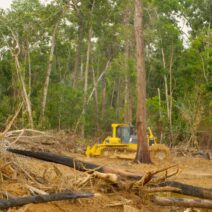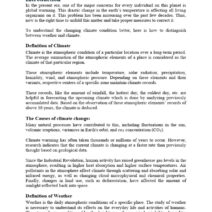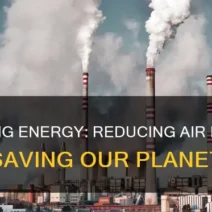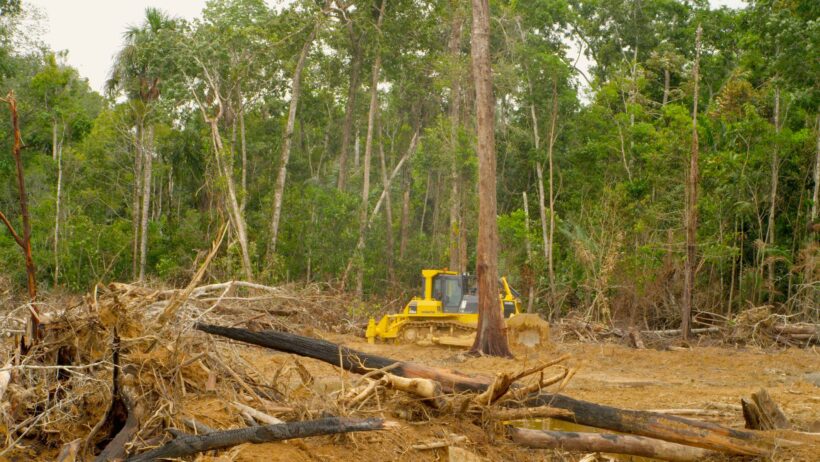Rainforests, often lauded as the “lungs of the Earth,” are immense ecosystems teeming with biodiversity. These verdant realms play a pivotal role in regulating the global climate, yet they are increasingly imperiled by the escalating crisis of global warming. The multifaceted interrelationship between climate change and rainforest health elucidates the urgency of preserving these ecosystems, which serve not only as habitats for countless species but also as vital carbon sinks crucial in mitigating climate disruption.
At a foundational level, rainforests are defined by their high levels of precipitation and rich biodiversity. They are primarily located in tropical regions, where temperatures are consistently warm. This environment fosters a remarkable variety of flora and fauna, many of which are endemic. The intricate web of life within rainforests is not merely a tapestry of beauty; it embodies essential services that sustain human life. From deep within the Amazon to the jungles of Southeast Asia, these forests provide resources like timber, medicinal plants, and food. However, the precarious equilibrium that sustains these intricate ecosystems is increasingly threatened by anthropogenic influences.
Global warming, driven primarily by the burning of fossil fuels and deforestation, introduces a cascade of adverse effects on rainforests. The increase in average global temperatures disrupts rainfall patterns, leading to protracted droughts in regions previously characterized by ample precipitation. These shifts can have catastrophic implications. For instance, drought stress can render trees more susceptible to disease and pests, exacerbating mortality rates among rainforest flora. The die-off of large swathes of trees not only diminishes biodiversity but also significantly compromises the forest’s ability to sequester carbon dioxide, thereby accelerating global warming in a troubling feedback loop.
Moreover, rising temperatures foster the proliferation of invasive species. As the climate warms, non-native organisms can invade these ecosystems, outcompeting indigenous species for limited resources. This transformation alters the resilience of the rainforest, making it increasingly vulnerable to extinction events. The loss of keystone species can disrupt ecological balance, which threatens the survival of multiple interdependent species native to these biologically rich environments. The biodiversity erosion is a phenomenon that deepens the existential threat to rainforests, as each species lost can have downstream effects that ripple throughout the ecosystem.
Consider the process of deforestation, which has been rampant over the last few decades. It is not solely driven by illegal logging or land conversion for agriculture; it is further exacerbated by the effects of climate change. The demand for land to produce commodities such as palm oil, cattle, and soy threatens vast areas of rainforest, resulting in habitat fragmentation and loss. Deforestation disrupts the delicate hydrological cycles that rainforests maintain. With fewer trees to absorb rainfall and release moisture back into the air, whole regions can experience alterations in their climatic conditions, leading to more severe droughts and altered weather patterns—a vicious cycle that fuels climate instability.
A common observation among climate activists is the visual grandeur and the sheer biodiversity of rainforests; they inspire fascination and awe. However, this admiration must be coupled with an understanding of the deeper, underlying threats they face. The allure of rainforests hides the stark reality of their precarious future. For instance, indigenous communities that have coexisted with these forests for millennia are often the first to feel the brunt of climate change and deforestation. Their knowledge and connection to the land harbor solutions that are vital for conservation, yet these communities face displacement and marginalization as global interests encroach upon their territories.
Furthermore, climate change manifests itself in varied ways across the globe. Central Africa’s rainforests, for instance, are experiencing shifts in rainfall patterns, while the Amazon is increasingly prone to wildfires fueled by drought. These transformations destabilize local economies that depend on the forest’s bounty. The intertwining destinies of local populations and rainforests can elucidate how global warming intricately weaves into the fabric of social and economic challenges faced by many countries.
The preservation of rainforests is not merely an environmental concern; it is a global imperative in the context of climate change mitigation. Strategies such as reforestation and afforestation can contribute to restoring damaged ecosystems while enriching carbon stocks. Protective measures must place emphasis on sustainable land use practices and the empowerment of indigenous populations who serve as stewards for these ecosystems. Integrating traditional knowledge with scientific approaches can yield innovative conservation strategies that align with both ecological and social needs.
The scientific community underscores the urgency of climate action. Reducing greenhouse gas emissions and transitioning to renewable energy sources are critical steps in addressing climate change. Policy changes that prioritize the protection and restoration of rainforests will contribute significantly to the global climate agenda. International agreements, such as the Paris Agreement, emphasize the need for cooperative efforts to safeguard these indispensable ecosystems, which harbor not only carbon but also hope for a sustainable future.
In summation, the plight of rainforests under the looming threat of global warming underscores a complex interplay of environmental, social, and economic factors. The fascination evoked by these biodiverse hotspots must catalyze action to mitigate further ecological degradation. Addressing climate change is paramount, not only for the preservation of rainforests but for the overall health of our planet. The time to act is now; the survival of these “green lungs” hinges on collective and individual commitment to environmental stewardship. As the narrative of climate change unfolds, understanding the multifaceted roles rainforests play will be essential in crafting a resilient and sustainable future for all inhabitants of Earth.






